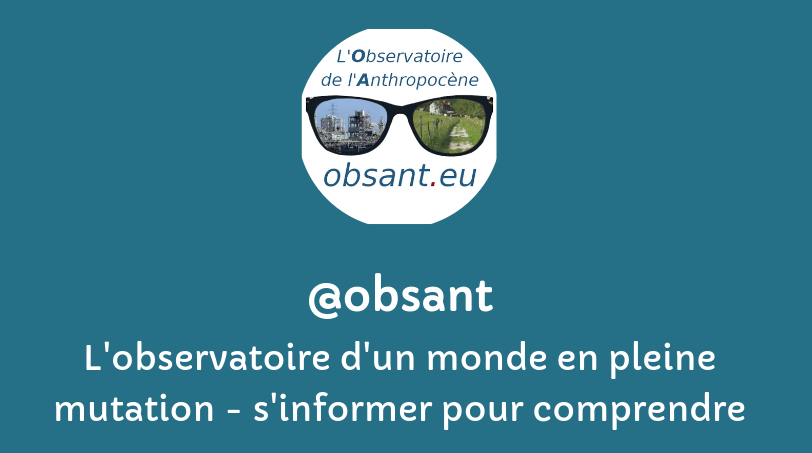Les champs auteur(e)s & mots-clés sont cliquables. Pour revenir à la page, utilisez le bouton refresh ci-dessous.
filtre:
Canada
A study measured methane flow from more than 450 nonproducing wells across Canada, but thousands more remain unevaluated.
Emerging infectious diseases, biodiversity loss, and anthropogenic environmental change are interconnected crises with massive social and ecological costs. In this Review, we discuss how pathogens and parasites are responding to global change, and the implications for pandemic prevention and biodiversity conservation. Ecological and evolutionary principles help to explain why both pandemics and wildlife die-offs are becoming more common; why land-use change and biodiversity loss are often followed by an increase in zoonotic and vector-borne diseases; and why some species, such as bats, host so many emerging pathogens. To prevent the next pandemic, scientists should focus on monitoring and limiting the spread of a handful of high-risk viruses, especially at key interfaces such as farms and live-animal markets. But to address the much broader set of infectious disease risks associated with the Anthropocene, decision-makers will need to develop comprehensive strategies that include pathogen surveillance across s
A coalition of British Columbians are organizing their municipalities to take oil and gas companies to court over the costs of the climate crisis
We can’t call these supercharged seasonal infernos our ‘new normal.’ There’s nothing natural about how we changed the Earth’s climate
Unearthly skies and unhealthy air resulting from Canadian wildfires may persist for days.
Recent leaks from oil sands tailings ponds have contaminated water, sowing mistrust among local First Nations people
Freshwater availability is changing worldwide. Here we quantify 34 trends in terrestrial water storage observed by the Gravity Recovery and Climate Experiment (GRACE) satellites during 2002–2016 and categorize their drivers as natural interannual variability, unsustainable groundwater consumption, climate change or combinations thereof. Several of these trends had been lacking thorough investigation and attribution, including massive changes in northwestern China and the Okavango Delta. Others are consistent with climate model predictions. This observation-based assessment of how the world’s water landscape is responding to human impacts and climate variations provides a blueprint for evaluating and predicting emerging threats to water and food security. Analysis of 2002–2016 GRACE satellite observations of terrestrial water storage reveals substantial changes in freshwater resources globally, which are driven by natural and anthropogenic climate variability and human activities.
Restaurant menus across the West Coast of Canada will soon see an influx of squid and sardine dishes, while the popular sockeye salmon makes a slow exit. As it turns out, climate change may have something to do with this.
What else is new? Hotspots are getting hotter. The major hotspot in April stretched from Iraq to India and Pakistan, and toward the northeast through Russia (Fig. 1). Temperature exceeded 45°C (113°F) in late April in at least nine Indian cities,[1] on its way to 50°C (122°F) in Pakistan in May,[2] where a laborer says “It’s like fire burning all around” and a meteorologist describing growing heatwaves since 2015 says “The intensity is increasing, and the duration is increasing, and the frequency is increasing.” Halfway around the world, Canada and north-central United States were cooler than their long-term average, but people in British Columbia and northwest United States remember being under their own record-breaking hotspot last summer.
Center of Bicycle Technology Maya Pedal is a Guatemalan NGO based in San Andrés Itzapa. We accept bikes donated from the USA and Canada which we either recondition to sell, or we use the components to build a range of "Bicimaquinas", (pedal powered machines).
Over the weekend, physical climate scientist David Holland made it to his research base on the Thwaites Glacier — a vast, unstable and vital ice formation in Southern Antarctica that researchers have scrambled to understand.
The list of extremes in just the last few weeks has been startling: Unprecedented rains followed by deadly flooding in central China and Europe. Temperatures of 120 Fahrenheit (49 Celsius) in Canada, and tropical heat in Finland and Ireland. The Siberian tundra ablaze. Monstrous U.S. wildfires, along with record drought across the U.S. West and parts of Brazil.
Salmon in the Columbia River were exposed to unlivable water temperatures that caused them to break out in angry red lesions and white fungus in the wake of the Pacific north-west’s record-shattering heatwave, according to a conservation group that has documented the disturbing sight.
More than 1 billion marine animals along Canada’s Pacific coast are likely to have died from last week’s record heatwave, experts warn, highlighting the vulnerability of ecosystems unaccustomed to extreme temperatures.
Climate scientists have said nowhere is safe from the kind of extreme heat events that have hit the western US and Canada in recent days and urged governments to dramatically ramp up their efforts to tackle the escalating climate emergency.
The nations that make up the G7 have pumped billions of dollars more into fossil fuels than they have into clean energy since the COVID-19 pandemic, despite their promises of a green recovery. A new analysis reveals that the countries attending committed $189 billion to support oil, coal, and gas between January 2020 and March 2021. In comparison, the same countries spent $147 billion on clean forms of energy. The support for fossil fuels from seven of the world’s richest nations included measures to remove or downgrade environmental regulations as well as direct funding of oil, gas and coal.
![]()



